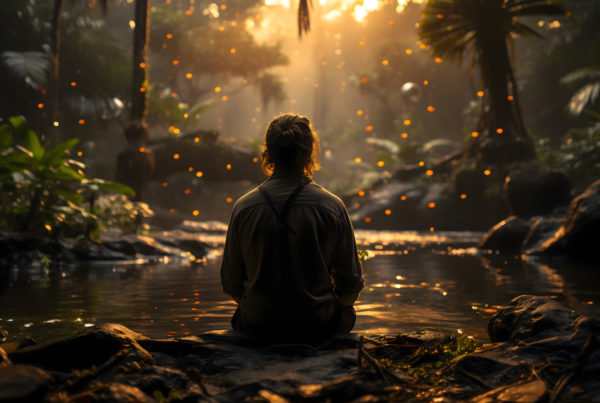
You don’t see many pictures of me online. And this sometimes makes me feel like an alien in today’s selfie culture, an out-of-place object in a world of Instagram yogi’s and sexy priestesses.
Ever since I was a child, I never really identified with my image on pictures. Not because I thought I looked ugly, but because I felt I didn’t look like the person in the photo, independently if I looked good or bad in it objectively. It felt too limited, too limiting. I still feel strange when I look at a 2-dimensional image of myself, it shows such a small part of me. I always knew that I was much more than this physical body, than my face, than the image on the picture.
Our world has such a complicated relationship with image, we are too focussed on the external. Image is used as a weapon: people portray themselves in a certain way to seduce, to attract and often to lead astray. On the other hand, people who have fallen from grace in the eyes of public opinion are shown in a bad light to shame them and make them look less attractive. The idea being that if something is beautifully packaged and presented, the content must be nice too. Which is far from always the case. We know this to a certain degree and we expect it in certain areas that are highly focussed on the external such as publicity, sales and fashion, but we are less on our guard when image is used as a weapon in areas that we expect to be focussed on content such as politics and spirituality. It makes me really uneasy to look at a posed picture of someone claiming to be a spiritual teacher and the energy coming from the image is “like me, love me” or to see a politician softly smiling in a picture with his family when his eyes are stone-cold and his agenda is power. I guess this is what the whole selfie-culture reveals to me, I don’t feel it is a movement of empowerment or body positivity, I feel it highlights the fact that humanity is so deeply wounded and traumatised and that most people are still too busy in search of recognition and love to recognise authenticity or commit to it themselves.
This is not something that can be healed by approaching it simply from a material perspective. If we approach our image from a spiritual perspective it becomes less important, yet not to be discarded altogether. In spiritual thought our physical being is the vessel that receives the divine and we honour the body as the temple where the divine resides, we don’t worship it as being the God or Goddess itself. When we commune with the divine, the universe moves through us and our physical vessel is sublimated by its capacity to hold something bigger than itself. We are no longer limited to one persona, we become multiple and our body is the gateway to access that multiplicity. An image that becomes too important becomes a prison that limits our freedom of movement, it creates expectations. Our body is sacred, yes, but it is just one visible aspect of the many, many layers of who we are. We take care of our body and our image, like we would tend to a temple or dress an altar before communing with the divine.
This state of connection can be translated on a picture, it actually shows on our face. When we allow the universe to move through us, we can only authentically be ourselves, as soon as we start playing a role, the connection goes away. The pictures I do like are photos where the physical is not the primary subject of the image, something is happening beyond the body, beyond the face. The person is inhabited by an emotion, a state of being, a thought, a passion. I like photos that convey an energy, that create connection. An image cannot convey the immensity of the soul of a person, but taken by someone who knows how to look, it can reveal a glimpse of it.
Anaïs T.


